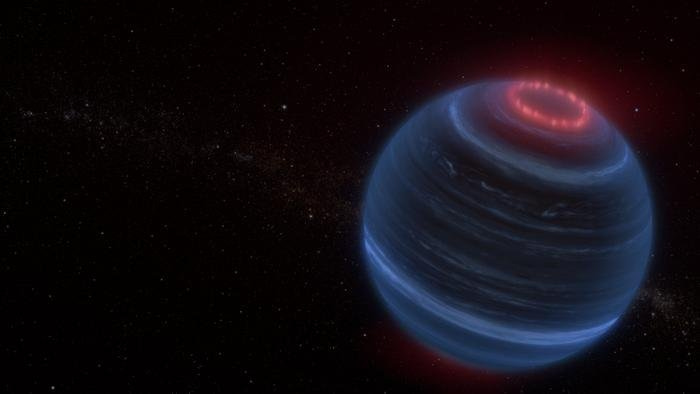Universal-Sci Weekly - Issue #95
Dear subscribers welcome to the latest edition of Universal-Sci Weekly!
In this edition, we start with the revelation that Neptune and Uranus surprisingly share a similar greenish-blue hue, challenging our longstanding color perceptions of these distant planets.
Then, we explore a study that sheds light on the unique aspects of human vision, particularly our ability to see colors that remain invisible to dogs.
In an exciting update from space, NASA's Webb Telescope has detected unusual infrared emissions from a remote brown dwarf, named W1935, opening new doors to cosmic mysteries.
Turning to environmental concerns, recent research unveils the concerning presence of high levels of nanoplastics in bottled water.
Finally, we discuss the recent advancements in understanding the enigmatic Odd Radio Circles, a space phenomenon that has intrigued astronomers since its discovery.
Please enjoy!
New Images Reveal the True Faces of Neptune and Uranus
New research led by Professor Patrick Irwin from the University of Oxford, published in the Monthly Notices of the Royal Astronomical Society, has revealed unique insights about the colors of Neptune and Uranus.
Contrary to popular belief, the study indicates that both planets exhibit a similar hue of greenish blue. This finding challenges the long-held perception that Neptune is a deep azure while Uranus appears pale cyan.
Why Can Humans See Colors That Are Invisible to Dogs?
Have you ever wondered what makes our ability to see a rainbow of colors different from that of dogs or cats? Researchers have recently made an eye-opening discovery using human retinas grown in a petri dish, shedding light on this uniquely human trait.
Unique discovery: NASA’s Webb Telescope Detects Potential Aurorae on a Remote Brown Dwarf
In a groundbreaking discovery made possible by NASA’s James Webb Space Telescope, astronomers have uncovered a brown dwarf named W1935 that exhibits unique characteristics.
Unlike anything previously observed, this cosmic body, which is larger than Jupiter but not quite a star, glows with infrared emission from methane, hinting at mysterious processes occurring in its upper atmosphere.
Research Finds a Shocking Amount of Previously Undetected 'Nanoplastics' in Bottled Water
There is growing worry about tiny plastic particles, known as microplastics, appearing everywhere on Earth - Not only in the soil but also in our food and drinking water.
However, an even smaller classification of plastic exists: nanoplastics. These are tiny fragments that come from microplastics breaking down further. By leveraging cutting-edge technological improvements, scientists have been able to study these microscopic particles in bottled water. They found about 240,000 plastic fragments in a single liter of water, which is more than ten times the expected quantity..tus.
Scientists May Have Solved the Mystery Behind Odd Radio Circles

Astronomers are usually familiar with stars, planets, black holes, and galaxies. But in 2019, something new caught their attention. The ASKAP telescope in Australia detected mysterious circles in space, each large enough to encircle whole galaxies. These were something entirely new and unobserved before.
Support Universal-Sci!
This week’s newsletter is supported by Humble!
Purchasing any of their excellent game, software, or book bundles via our affiliate link will support Universal-Sci and is greatly appreciated!






